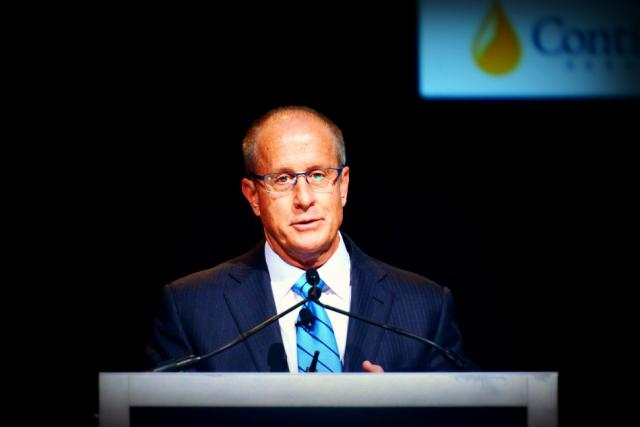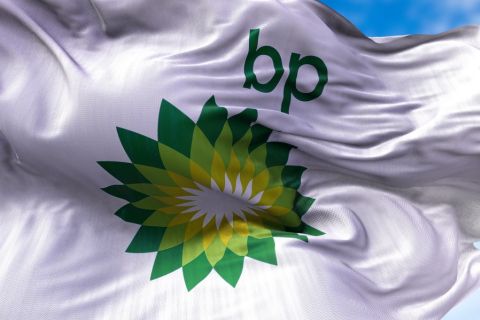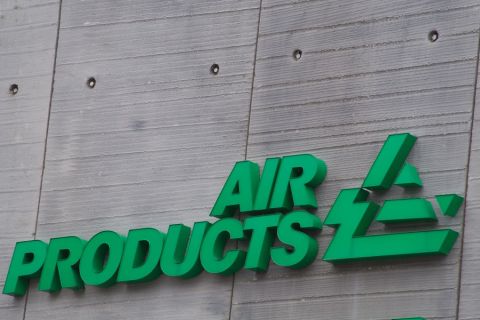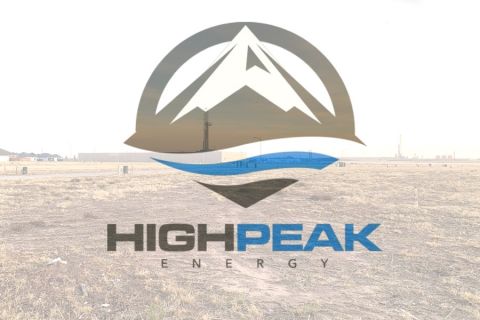
Jack Stark, Continental's COO and president, warned that without increasing drilling rigs in the Bakken, "you won't keep production flat," while speaking at the DUG Bakken & Niobrara conference in Denver on March 16. (Source: Hart Energy)
DENVER—Only 10 fields in the world produced more than 1 million barrels a day (MMbbl/d) last year—and the Bakken Shale was one of them, Jack Stark, COO and president of Continental Resources (NYSE: CLR), said at Hart Energy’s recent DUG Bakken and Niobrara conference.
The Bakken averaged 1.1 MMbbl/d of production in 2016 between North Dakota and Montana, which Stark attributed to technology strides and greater understanding of the geology, adding there is more to come.
If the Bakken were a separate country, it would rank 19th in world production, Stark said.
“There are only 10 fields in the world that produce in excess of 1 MMbbl/d and the Bakken ranks among the top 25 largest oil fields in the world based on cumulative production—it has produced 2 Bbbl to date,” he said.
To track the industry’s progress, Stark reviewed details of a presentation he gave in 2007. “What I was struck by is the success we’ve had as an industry in cracking the code in the Bakken—and we’re not done yet,” he said.
What Stark called “the compounding value” of transferring technology from one basin to another is working in spades for Continental and is but one great lesson from the Bakken Shale as the company celebrates its 50th anniversary this year.
Ten years ago, the initial Bakken wells were fracked with crosslink gel and only 10 to 20 frack stages in a typical stimulation. The average EUR was 335,000 barrels of oil equivalent (boe).
Today, Continental has transitioned to drilling much longer lateral lengths and it uses slickwater fracks with as many as 50 stages per well. The average EUR is now 980,000 boe for the company.
The rest of the industry has moved forward in a similar fashion. Since 2005, North Dakota has seen a 12-fold increase in oil production, defining a whole new class of oil for the country, Stark said. In 2011, there was 12.7 Bbbl of estimated recoverable reserves in the Bakken, according to the North Dakota Industrial Commission.
Since Continental and others entered the play, the geologic model has evolved with the Three Forks Formation becoming more prominent. In 2008, the company drilled its first two Three Forks wells and was impressed enough with the results to continue drilling some step-out wells that confirmed the potential.
“What we did not know at the time was, is this incremental oil we’ve found or are we just tapping from the Bakken somehow?” Stark said. “In 2009, we drilled another Three Forks well, stimulated it and it flowed 1,000 bbl/d, and that essentially doubled our reserves for the field. We drilled other benches that tested nicely—we clearly had found a petroleum system all the way from the top of the Bakken down to the bottom of the Three Forks.”
In addition, technical advances have improved drilling times and oil recovery, he said.
Since 2011, Continental’s drilling times are three times faster. “It’s everything—better bits, better mud motors, geo-steering, all aspects, and also working with our service providers,” Stark said.
In 2014, Continental could drill a Bakken well in 17 days. “We thought we had the code cracked, and yet we weren’t even close. We thought we’d reached our technical limit, but our guys came to me and said, ‘No, we’ll take it on down to 11,’” Stark said.
Continental’s Bakken reserves per well have increased three times, costs are lower and the number of frack stages has increased to as much as 50 per well vs. 10 stages a few years ago. The wells are also performing above the type curve and Stark said the company is getting the same returns on its Bakken wells at $50 oil that it used to get at $80 oil.
Bakken production could reach 1.08 MMbbl/d by year-end 2017 if the industry completes all the drilled but uncompleted wells (DUCs) and enough rigs are added, Stark said.

However, he warned: “without a rig increase, you won’t keep production flat.” Continental alone has 187 DUCs to complete.
Leslie Haines can be reached at lhaines@hartenergy.com.
Recommended Reading
BP’s Kate Thomson Promoted to CFO, Joins Board
2024-02-05 - Before becoming BP’s interim CFO in September 2023, Kate Thomson served as senior vice president of finance for production and operations.
Magnolia Oil & Gas Hikes Quarterly Cash Dividend by 13%
2024-02-05 - Magnolia’s dividend will rise 13% to $0.13 per share, the company said.
TPG Adds Lebovitz as Head of Infrastructure for Climate Investing Platform
2024-02-07 - TPG Rise Climate was launched in 2021 to make investments across asset classes in climate solutions globally.
Air Products Sees $15B Hydrogen, Energy Transition Project Backlog
2024-02-07 - Pennsylvania-headquartered Air Products has eight hydrogen projects underway and is targeting an IRR of more than 10%.
HighPeak Energy Authorizes First Share Buyback Since Founding
2024-02-06 - Along with a $75 million share repurchase program, Midland Basin operator HighPeak Energy’s board also increased its quarterly dividend.





